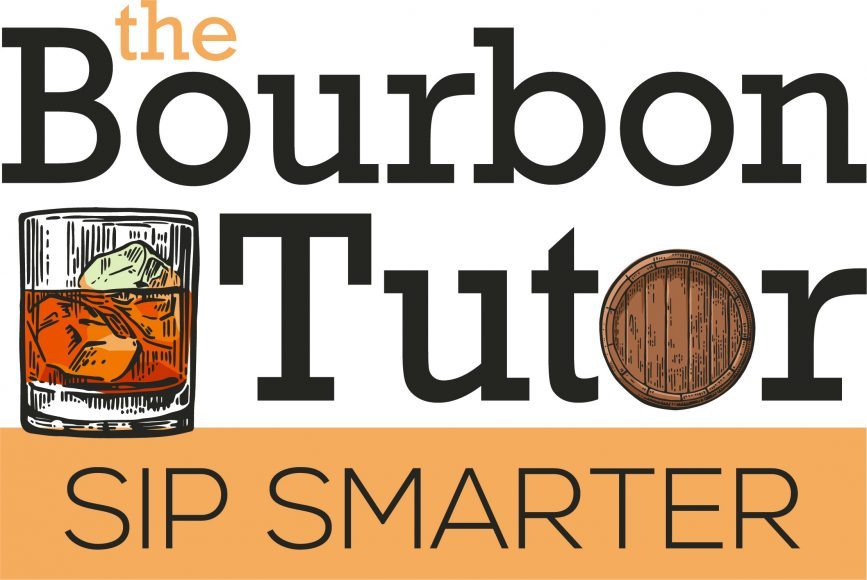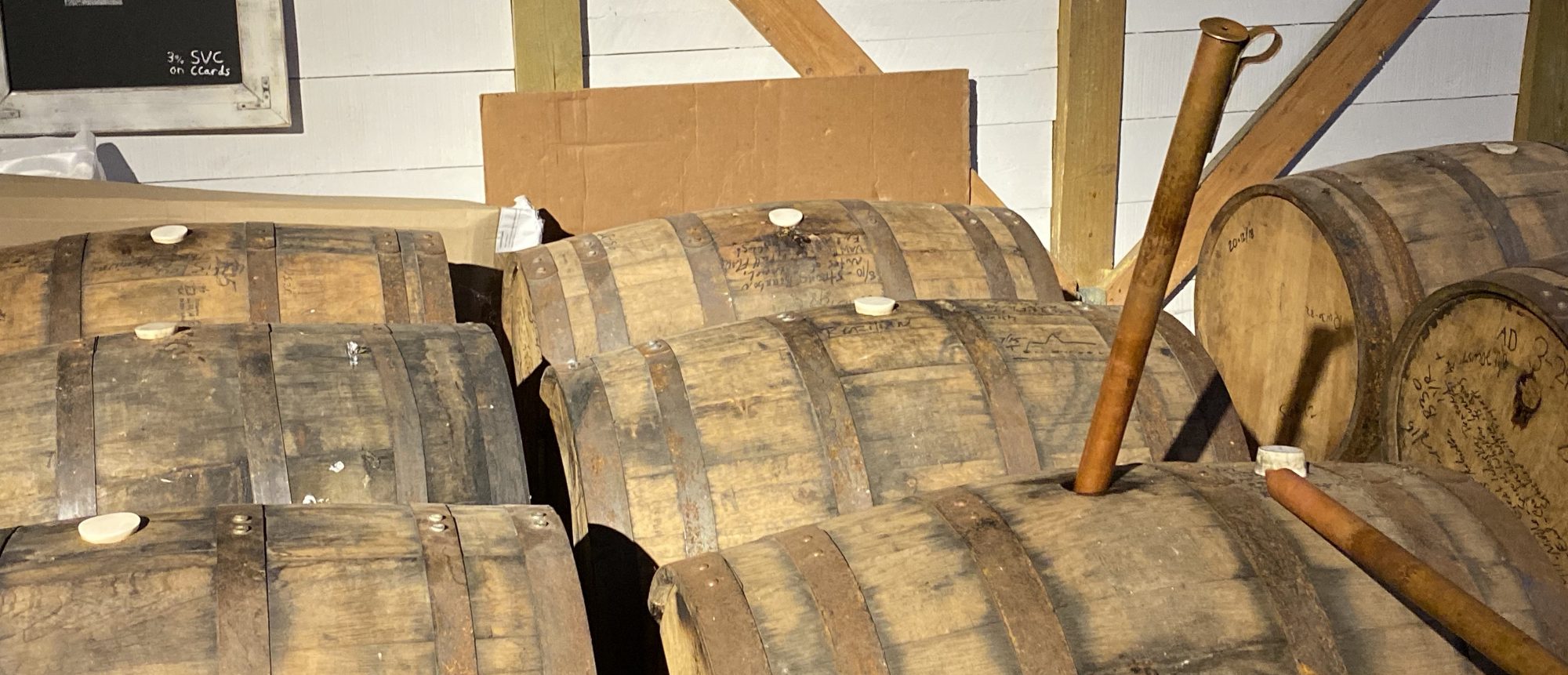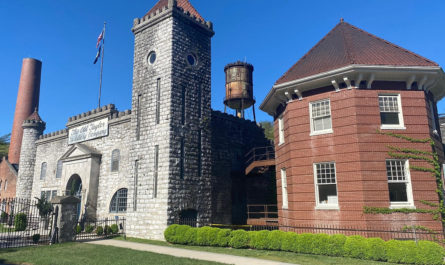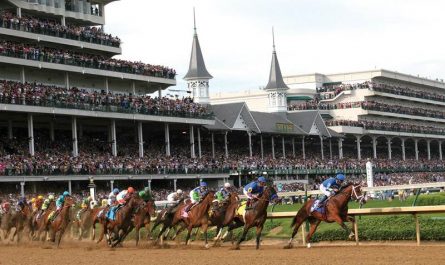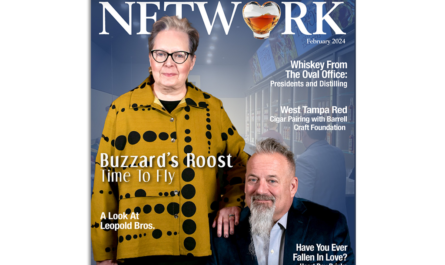By Col. Brian G. Miller
Walking through the new small-batch distillery with Freddie Noe telling stories about his Dad and Granddaddy, it’s easy to forget his family is the face of the largest whiskey distilling operation in the world. The 8th–generation Beam distiller talks with palpable pride about his family’s bourbon-making heritage.
This new Fred B. Noe Distillery on the Beam campus in Clermont, Kentucky is a cozy oasis focused on small–batch and next–generation whiskies. Freddie said it “mimics the big distillery but can focus on the small details,” making just 70 barrels a day. It’s as nostalgic as it is cutting–edge in the focus on education and experimentation and will help guide the future of the Beam family of whisky brands.
His Dad’s name is on the building, but there’s no question this is Freddie’s baby. “(The idea) started with a conversation at my Grandmother’s wake,” Freddie said. “We need a distillery where we can do purposeful differentiation. Not just continue to make what we’re doing now.”
“I like to talk about the craft of whiskey making as a craft, and not just as a size determination of the distillery,” Freddie said. “I really think that what we’re doing here is some of the most ‘crafty’ work in the industry, because of the way we choose to make whiskey.”
The distillery is part of a two–year, $60 million expansion and renovation at the newly named James B. Beam Distillery. The visitors center and tours all got a makeover. Another project close to Freddie’s heart, The Kitchen Table restaurant and bar, just opened last fall. It offers “authentic Southern hospitality” heavily influenced by Noe family favorites. Read more about the full–service bar and restaurant, with indoor and outdoor dining with scenic views of the distillery grounds, here.
Entering the main room of the distillery, we walked under a sign with a message from Fred: “To my family, past, present, and future.” The building is beautifully decorated with what looks like brand new oak, but is actually reclaimed wood from Warehouses D, E, and F. Freddie notes that Jim Beam himself could have originally nailed these boards in, walked on them, or rolled a barrel across them in the historical warehouses.
The room has several photos and memorabilia honoring the building’s namesake Fred and others in the Beam/Noe family tree. Across the way is a large black and white image of Booker surrounded by the barrels of his business. Freddie notes that the eyes in the giant photo seem to follow you wherever you are. He laughs that it’s a fit metaphor for how his Granddaddy kept a keen, if not curmudgeonly, eye on both their family and their whiskey business.

Education at a New Level
“The initial thought was an eye for experimentation, but as we got into building it became quite a bit of things,” Freddie said. “This center became a center of education…for employees, for consumers, for VIP Trade members, for our sales team…all the way down to our (distillery) operators.”
This new distillery is now home to Booker’s Bourbon, Baker’s Bourbon, the malted rye whiskey in the latest chapter of Little Book blended straight whiskey, “some whiskey we’ve been working on for my Dad’s Legacy Liquid,” and a range of new mash bills starting in March.
“This facility is a place to be under the watchful eye of myself and our most educated operators,” Noe said. “That’s why we brought our most prestigious brands into this facility.”
Noe tells the story of touring a Suntory distillery in Japan a few years ago along with Michael Voils, the Beam distillery manager. They met a distillery operator who seemed to know everything about the entire operation. Their reaction: “We have to find a way to educate our distillery operators to this same level.”
As a result of that encounter, they’ve created a whiskey apprentice specialist program. It will be taught here in the distillery in a state–of–the–art classroom for the James B. Beam Institute for Kentucky Spirits, a partnership Beam started with the University of Kentucky. The curriculum includes both classroom and on–the–job training.

Purposefully inefficient experimentation
On the experimentation side, the distillery has set aside 9 weeks in its schedule to do things in a way they aren’t currently being done. More than once in our conversation, Freddie talked about the value of being “purposefully inefficient” for the good of the whiskey. Whether it’s fermentation time, varying mash bills, or shutting off certain levers in the machinery, this facility offers the flexibility to experiment in a way that’s just not possible in “the big house” with its eighteen 45,000–gallon fermenters. Here in the little house down the hill, there are nine 8,000–gallon fermenters onsite and two 4,000–gallon fermenters. Changes can be made in an hour here that would take a day or more on the big stills.
Our tour continues downstairs into a tasting and blending bar, barrel room, and an incredible room full of vintage bottles representing the Beam family brands. A stainless steel and copper display on the wall details the entire distilling process and is as much a work of art as it is an educational exhibit.
Sadly, for most bourbon enthusiasts, despite the revamping of the public tours, this building is not on the schedule. Megan Breir, Beam’s Experiential Programming Education Manager, said the distillery is open to “VIP and Trade educational partners, the next generation of distillery operators, and also the next generation of bourbon educators as well.”
These folks can attend “Cocktail classes and blending classes, working on the perception of what a Class A blend can be,” Breir said.
This brings our conversation to the negative connotation that blending whiskey sometimes has for many consumers. Many in the industry are working to change that perception. Freddie cites the Little Book blends he creates each year as, “hopefully driving the next generation of innovation through blending.” (Little Book gets its name from the nickname Freddie’s Grandfather Booker Noe gave him as a child.)
Freddie conducts “Little Book Deconstructions” here at this bar that let people examine the 3 to 5 elements that go into the annual blends, proving that the sum is greater than its parts. “I don’t know anybody who’s not kind of ‘wowed’ by what comes from what was,” Freddie said.

Yeast is the Word
As we left the building, we stopped outside a glass wall that offers a view into the Propagation Room where Beam grows the proprietary yeast strain it uses in its whiskey making. Most everyone else purchases dry yeast for use in the fermentation process. Freddie joked, “A bag and a pocketknife. That’s what it is.” But for generations, the Beams place great value on the consistency and flavor that comes from making your own yeast.
Freddie and the staff worked with Vendome Copper, the gold–standard still makers, to create and adapt beer brewing equipment to outfit this room. Voils, the distillery manager, recently attended an industry training class with more than 300 attendees: everyone but him uses dry yeast. When Voils explained the Beam process, the instructor said, “What you’re doing is extremely unique in the world. Not just in your industry. Don’t change anything.”
Don’t think yeast is a big deal to the folks at the James B. Beam Distillery? One of the new exhibits on the public tour is a 1939 Cadillac like the one Jim Beam drove from home to the distillery and back with a yeast vessel on the front seat to keep it safe.
Freddie summed up one of the real benefits of the work they’re putting into this new distillery: “There’s a lot of whiskey out there right now, and the more educated we can make people on the process of whiskey making (whether they’re making it or just enjoying it) it will help us drive the quality of whiskey in the future.”

